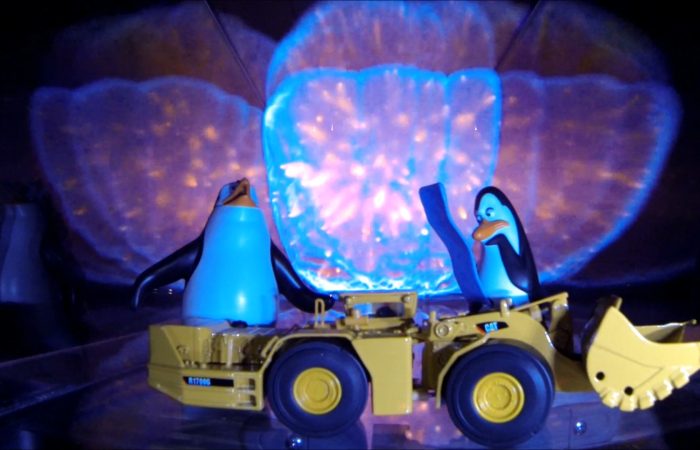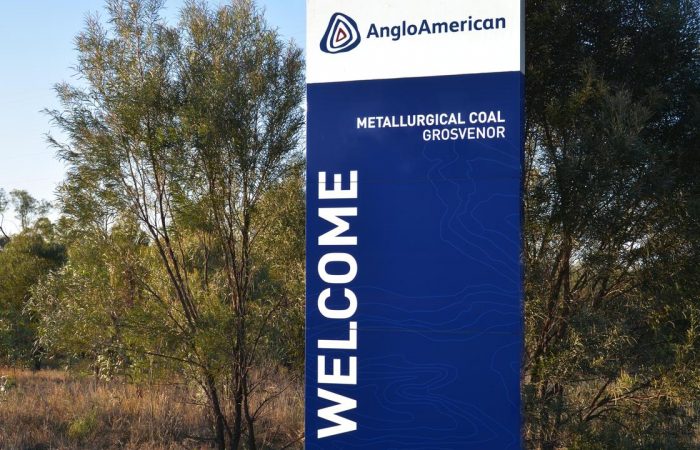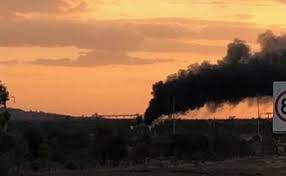
Grosvenor Inquiry Submission. INTERACTION PETROLUEM AND COAL MINING SAFETY AND HEALTH ACT UNINTENDED CONSEQUENCES.
Grosvenor Inquiry Submission Coal Act and Petroleum Act Interactions
Above is my Submission.
It is copied below
INTERACTION PETROLUEM AND COAL MINING SAFETY AND HEALTH ACT UNINTENDED CONSEQUENCES.
- Grosvenor Operator mistakenly under the view that Commercial Gas Production lowers the residual gas levels down to those required for Underground Mining Operations
- Are commercial arrangements between the Operators of Coal Mining Leases and the Operators of “an adjacent or overlapping petroleum authority” negatively impacting on an acceptable level of Risk to Safety and Health to Underground Coal Mine Workers?
- Have the Operators of the Grosvenor Mine voluntarily entered into a monetary compensation arrangement for lost gas production when the Grosvenor Mine is going into areas currently producing commercial methane gas?
RECOMMENDATION
The Coal Mining Act and other relevant Legislation be amended so that the Operator of the Mine and the Appointed Site Senior Executive have clear and non-transferable Responsibilities and Duties for Mining Operation Gas Drainage for all coal seams within the Lease.
Both Ray Williams and Andrew Self both stated that there was insufficient gas drainage of the P Seam.
Williams pointed out that Arrow energy is undertaken for commercial gas production often 10 to 15 years prior to Mining.
It is just as low a cost as possible gas extraction process not gas drainage.
It is not designed to perform gas drainage down to levels required for safe methane compliant Underground Longwall Mines.
The patterns and numbers of holes are designed for long term gas extraction, not methane drainage for Underground Coal Mining
Grosvenor Mine (and the Mines Inspectorate via Second Extraction Notices) for reasons known only to themselves; decided that the gas extraction performed by Arrow would ensure an acceptable level of Risk to the Safety and Health of Grosvenor Underground Coal Mineworkers.
DR RAY WILLIAMS stated in testimony.
A Yes. Arrow Energy undertook pre-drainage for commercial gas reasons some 10 to 15 years ahead of mining, and that was done without any regard to mining at all. They drilled in a manner that was the most efficient and least costly from their point of view.
Q This is to do with drainage of the Goonyella Middle seam, but I’d just like to go to a couple of passages of your report that touch on the subject of drainage of the P seam by Arrow.
- Yes.
Q Mr Operator, if we could have Dr Williams’ report, WRA.001.001.0001, and we will be alternating between those two documents. Could we go to .0025, please. If we could highlight the third paragraph down, commencing “The P seam tests”. You have given an indication there for the purposes of hole numbered DDH295, which I think is also one in longwall 104? TRA.500.020.0008
A, Correct.
Q. You were able to identify the extent of the Arrow pre-drainage of the P seam at that point?
A Yes.
Q. It appears as though there was a reduction of gas content by 28 per cent, from 10.4 down to 7.4; is that the point?
A Yes.
TRA.500.020.0008
Q There is a reference there to the extent of pre-drainage by Arrow of the P seam at that location?
A Yes, there is, yes.
Q Particularly in the second line, do I read that correctly that there was a reduction of between 62 to 77 per cent from 9.8 cubic metres per tonne down to 2.3?
A Yes, but the line below says that the Arrow well residual modelling shows a gas content of about 4.5 cubic metres a tonne, and I think the extra bit of gas came out because, fortuitously, what appears on the map as an underground inseam – inseam into the P seam, that is – gas drainage hole was drilled quite close to DDH268. So I think it is somewhat a localised effect.
Q. Could we go back to the PowerPoint and go then to “Conclusions”, some of which we have had a look at. I think we have in fact discussed all of those except perhaps the last one. When you have included there, “Inadequate P seam pre-drainage”, are you speaking there about inadequacies of the level of drainage by Arrow, or what content would you give it?
A You want to reduce it down to as low a level as you reasonably can. I mean, Arrow pre-drained it – well, they didn’t pre-drain it; they just produced out of it, and it is what it is. Over longwall 104, there is still a lot of gas there. So, yes, not desirable to have that much gas in the P seam.
TRA.500.020.0052
Q. Are you recommending then, in hindsight perhaps, that there ought to have been some further pre-drainage of the P seam?
A Yes, but it is easy to recommend. Pre-drainage takes time. Of all the targets outside the Goonyella Middle seam, it’s the P seam that’s got the lowest density and a reasonable thickness, so it’s the only seam there that’s really a pre-drainage target. But it is banded, it is a difficult seam to drill in. So, you know, I think they could do the job okay longwalls ahead. I mean, you could drill surface to inseam holes – not 310mm diameter, but like what Arrow did, about 96mm diameter – line the holes, put them to a vertical riser for production of gas, and do that years in advance and get it down that way. So that would work. Otherwise, you have to do it by underground inseam drilling, and, you know, there are some problems potentially with that.
TIME
Q. As the legend indicates, there are some holes depicted in blue and a number in red. The red ones depict, do they not, the reduced gas content arising from the further drainage of that area of the mine?
A Yes, the green ones are the state of drainage before these underground inseam, or UIS, holes were drilled, and that reflects what is left over after Arrow finished. I think quite a decent period of time elapsed before – on drainage for these UIS holes, so that the gas content was further reduced down to around 2 cubic metres a tonne in this longwall block.
Q That was a level of gas content I think as referred to in the secondary extraction SOP?
A Yes.


Hi Stuart,
I don’t know if this is needed. From my experience the agreements between both lease holders of overlapping leases is all about site access, coal companies access to the gas for coal mining purposes (Pre drainage) and information sharing such as lost drill stems in coal mining seams.
The coal mine assumed something that they should not of assumed and legislation is not going to fix that.
cheers